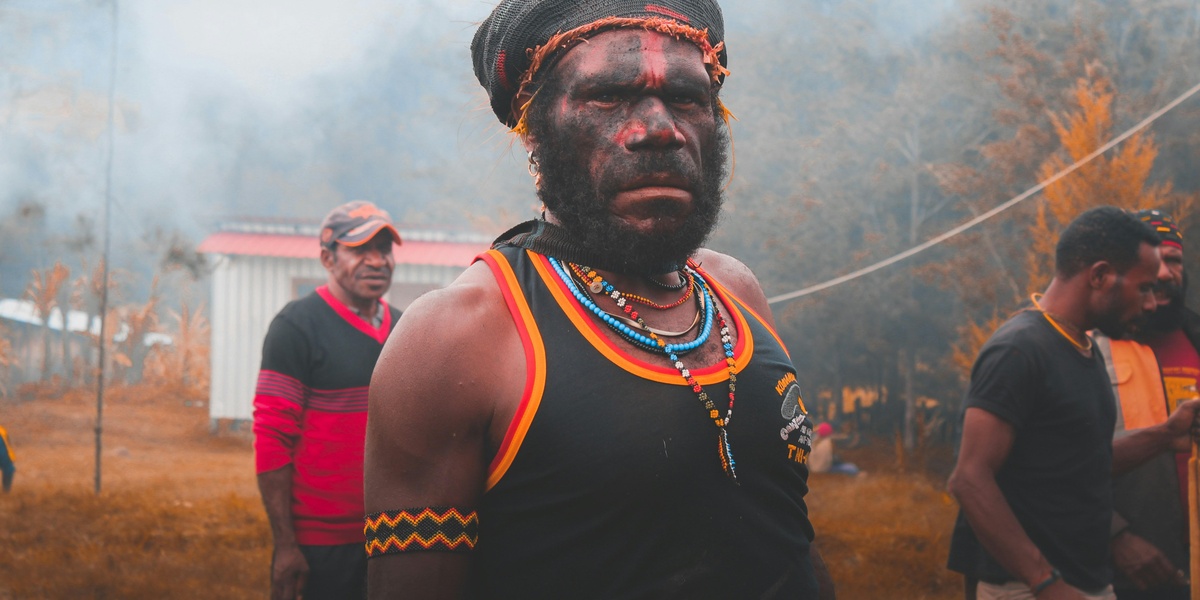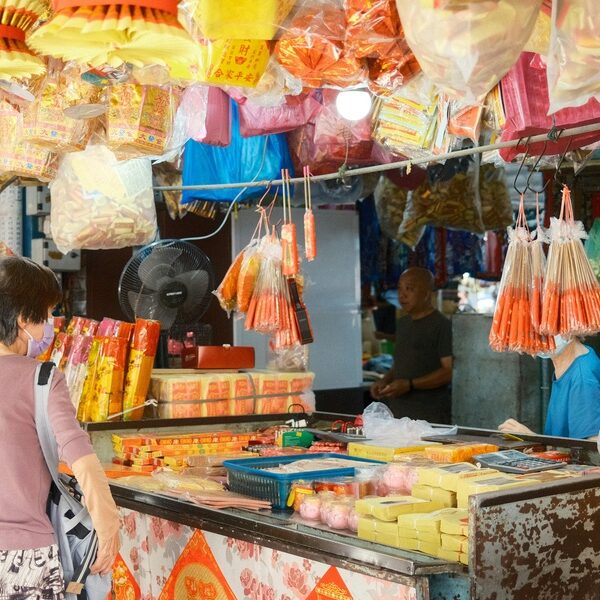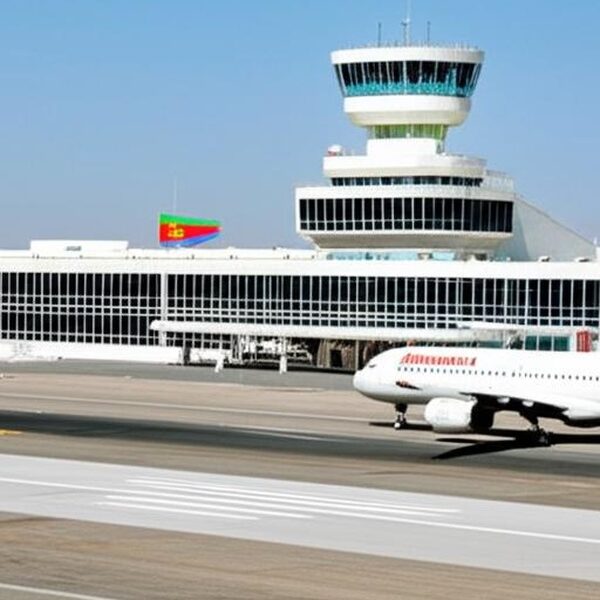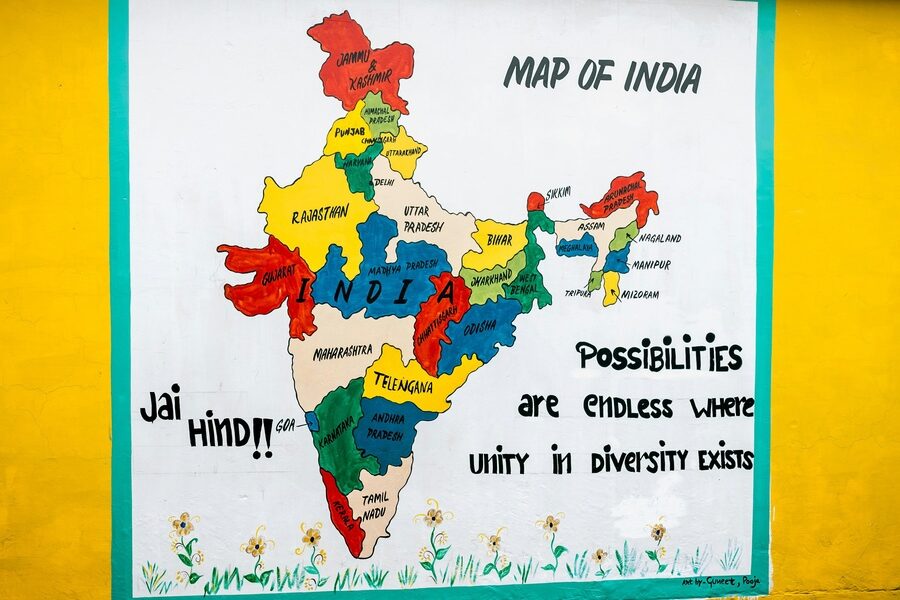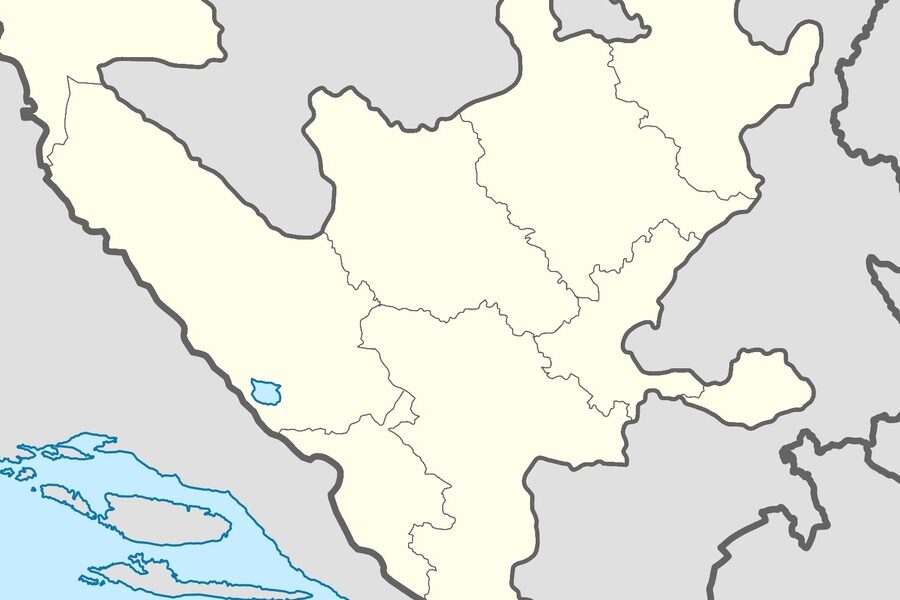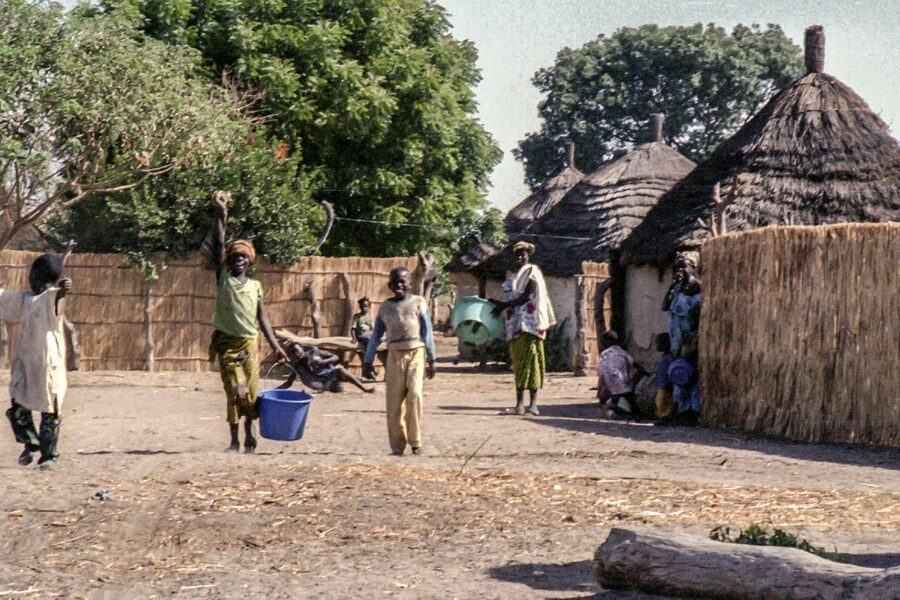Australia’s linguistic landscape stretches from coastal towns to arid interior, shaped by thousands of years of exchange, story and place-based knowledge. Many communities continue to use language in ceremonies, place names and daily life, while others work to revive and document traditions under pressure from urbanisation and historical policies.
There are 30 Indigenous Languages in Australia, ranging from Adnyamathanha to Yorta Yorta. For each language you’ll find below Status,Region(s),Speakers (count, year), giving a concise, comparable snapshot of where each language sits in terms of use and geography — you’ll find the full list below.
How recent and reliable are the speaker counts?
Speaker numbers come from a mix of census data, academic research and community surveys; the year next to each count shows the data point used. Totals can underrepresent fluent speakers, so use the Status column and local sources for the most accurate picture.
How can I learn or support these languages respectfully?
Begin by contacting local language centres or community organizations, follow community guidance and use materials created or approved by custodians; supporting community-led programs and revival projects is the most respectful and effective way to help.
Indigenous Languages in Australia
| Language | Status | Region(s) | Speakers (count, year) |
|---|---|---|---|
| Kriol | Extant | Northern Territory, Western Australia, Northern Queensland | 20,000 (2016) |
| Pitjantjatjara | Endangered | Central Australia (NT, SA, WA) | 3,000 (2016) |
| Warlpiri | Endangered | Central Northern Territory | 2,500 (2016) |
| Arrernte | Endangered | Central Australia (Alice Springs region, NT) | 1,800 (2016) |
| Yolŋu Matha | Endangered | North-East Arnhem Land, NT | 10,000 (2016) |
| Tiwi | Endangered | Tiwi Islands, NT | 2,000 (2016) |
| Noongar | Endangered | South-West Western Australia | 3,000 (2016) |
| Torres Strait Creole (Yumplatok) | Extant | Torres Strait Islands, Far North Queensland | 7,000 (2016) |
| Meriam Mir | Endangered | Eastern Torres Strait (Mer islands), QLD | 200 (2016) |
| Kala Lagaw Ya | Endangered | Western and Central Torres Strait, Northern Cape York Peninsula | 250 (2016) |
| Gamilaraay (Kamilaroi) | Endangered | North-central New South Wales, South-west Queensland | 1,500 (2016) |
| Kuku Yalanji | Endangered | Far North Queensland (Daintree region) | 2,000 (2016) |
| Kaurna | Dormant | Adelaide Plains, South Australia | 0 (2016) |
| Dharug | Dormant | Sydney Basin, New South Wales | 0 (2016) |
| Warumungu | Endangered | Tennant Creek region, Northern Territory | 400 (2016) |
| Pintupi-Luritja | Endangered | Western Desert (NT, WA) | 3,500 (2016) |
| Anindilyakwa | Endangered | Groote Eylandt region, NT | 1,400 (2016) |
| Bininj Kunwok | Endangered | West Arnhem Land, NT | 2,200 (2016) |
| Nunggubuyu | Endangered | East Arnhem Land, NT | 350 (2016) |
| Yawuru | Endangered | Broome region, Western Australia | 150 (2016) |
| Yorta Yorta | Endangered | Murray River region (NSW/VIC) | 200 (2016) |
| Adnyamathanha | Endangered | Flinders Ranges, South Australia | 300 (2016) |
| Martu Wangka | Endangered | Western Desert, Pilbara region, WA | 400 (2016) |
| Walmajarri | Endangered | Great Sandy Desert, WA | 600 (2016) |
| Yindjibarndi | Endangered | Pilbara, Western Australia | 100 (2016) |
| Gumbaynggirr | Endangered | Mid-north coast New South Wales | 300 (2016) |
| Bundjalung | Endangered | Northern New South Wales, Southern Queensland | 250 (2016) |
| Gooniyandi | Endangered | Fitzroy Valley, Kimberley WA | 200 (2016) |
| Lardil | Endangered | Mornington Island, Gulf of Carpentaria, QLD | 80 (2016) |
| Murrinh-patha | Endangered | Wadeye region, West Daly Region, NT | 2,000 (2016) |
Images and Descriptions
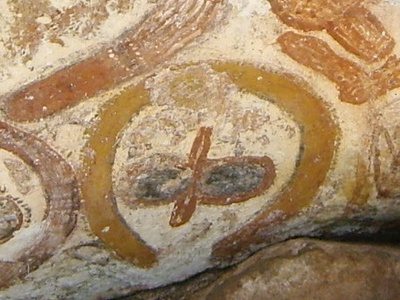
Kriol
An English-based creole widely spoken by Indigenous communities across northern Australia; notable for serving as a lingua franca and cultural identity marker, developed post-contact from English and local languages.
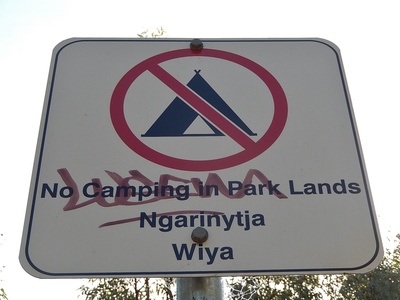
Pitjantjatjara
A desert language of the Anangu people across central Australia, important in land rights and cultural practice; part of the Western Desert family with strong community use but fewer younger fluent speakers.
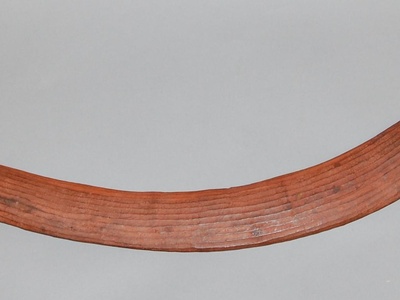
Warlpiri
Spoken by Warlpiri communities around Yuendumu and Tennant Creek, notable for vibrant song, art and law traditions; member of the Pama–Nyungan family with active bilingual education efforts.
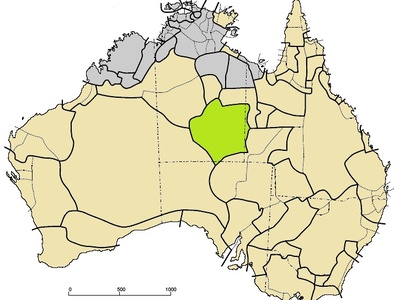
Arrernte
Central Arrernte is the language of Mparntwe (Alice Springs) people, central to cultural life and ceremonies; historically robust but now fewer fluent young speakers, belonging to the Arandic branch.

Yolŋu Matha
A group term for related Yolŋu languages spoken across Arnhem Land, renowned for Yolŋu art, song and law; a strong cultural language family though many varieties face varying vitality.
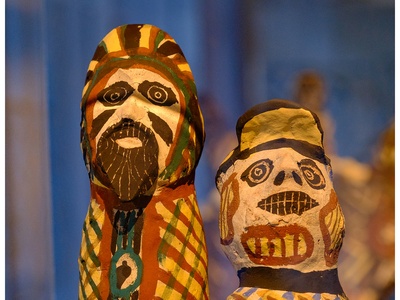
Tiwi
Spoken on Bathurst and Melville Islands, Tiwi has distinctive phonology and social usage; important for island identity and ceremonies but faces pressures from English and changing lifestyles.
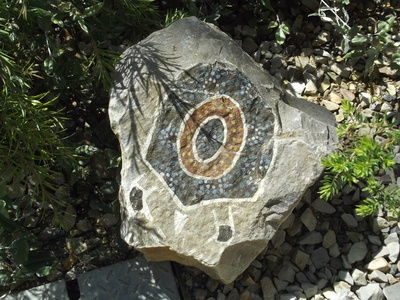
Noongar
Language of the Noongar nations around Perth and southwest WA, central to cultural revival projects and education; many dialects were lost but revitalisation has increased learner numbers.
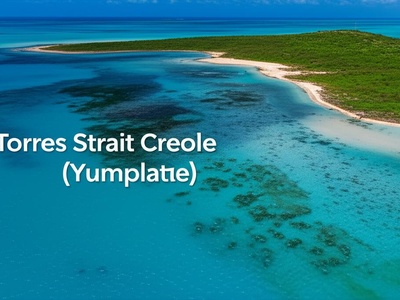
Torres Strait Creole (Yumplatok)
A creole used widely across Torres Strait communities and as a cultural lingua franca; blends Austronesian, English and Aboriginal influences, central to daily life and media.

Meriam Mir
Traditional language of Mer (Murray Island) communities, known for strong ceremonial use and documentary records; relatively small speaker base but active local maintenance efforts.
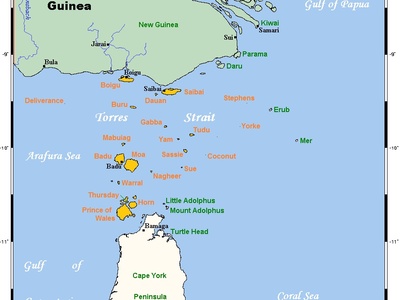
Kala Lagaw Ya
A family of languages with traditional speakers on western Torres Strait and parts of Cape York; culturally significant with distinctive grammar and ongoing community revitalisation.
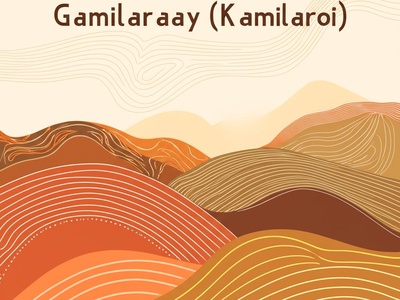
Gamilaraay (Kamilaroi)
Regional language of the Gamilaraay peoples, notable for historical documentation and modern revival programs in schools and communities across NSW and QLD.
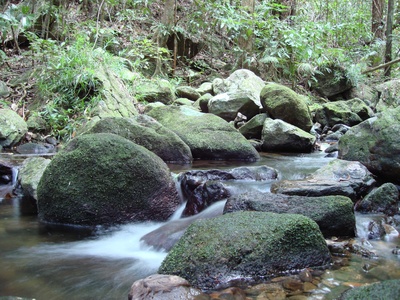
Kuku Yalanji
Rainforest language of the Kuku Yalanji people, strongly tied to Country and cultural tourism; community programs support language teaching and Indigenous land management knowledge.
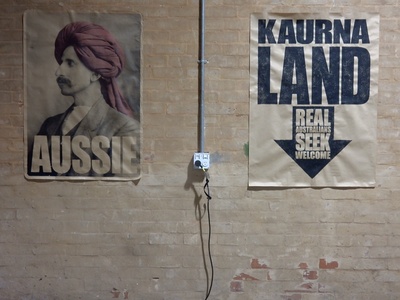
Kaurna
Traditional language of Kaurna people of the Adelaide Plains; considered dormant by census counts but subject to significant revitalisation, education and cultural reclamation projects.
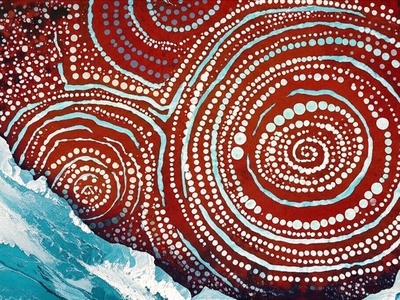
Dharug
Original language of the Sydney region; classified as dormant in census data but actively revived through community teaching, cultural programs and place-name reclamation.
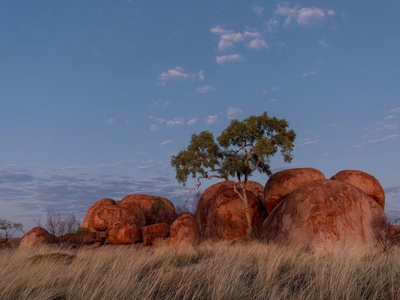
Warumungu
Spoken by Warumungu communities around Tennant Creek, important in local culture and storytelling; still used by elders with intergenerational transmission under pressure.
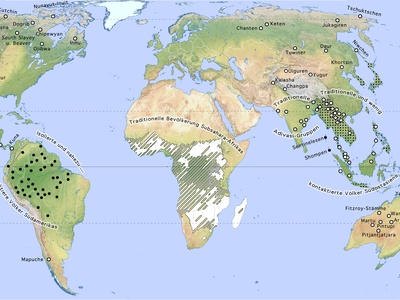
Pintupi-Luritja
A Western Desert language cluster spoken in remote central Australia, central to contemporary Indigenous art movements and law, with remaining intergenerational speakers in some communities.
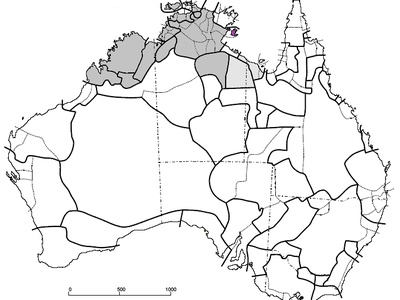
Anindilyakwa
Language of the Anindilyakwa people on Groote Eylandt and Bickerton Island, with rich ceremonial practices and distinctive vocabulary reflecting island ecology and contact history.
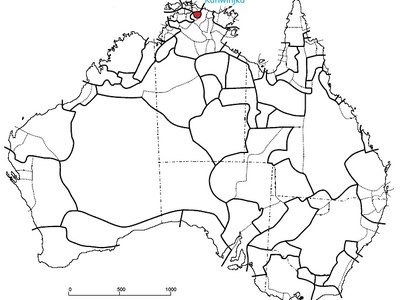
Bininj Kunwok
A dialect cluster of western Arnhem Land with strong local usage in communities like Gunbalanya; notable for cultural knowledge transmission and complex kinship terminology.
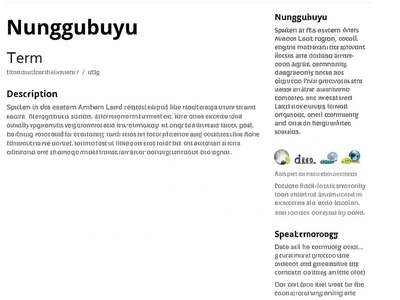
Nunggubuyu
Spoken in the eastern Arnhem Land region, culturally important with unique verb morphology; small speaker base but ongoing community teaching and documentation.

Yawuru
Traditional language of the Yawuru people around Broome, central to native title and cultural programs; revitalisation is active but speaker numbers remain low.
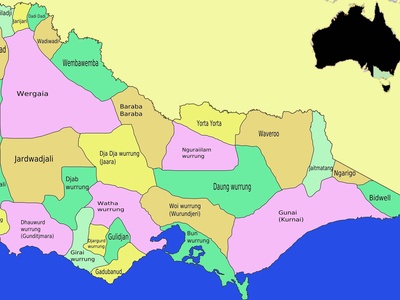
Yorta Yorta
Language of the Yorta Yorta peoples along the Murray River, pivotal in land claims and cultural identity, with active revival and language teaching initiatives.
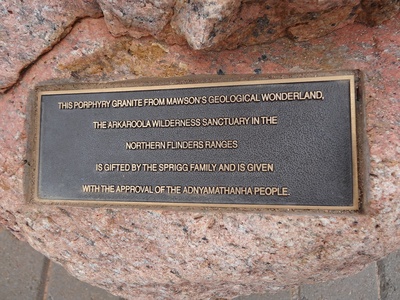
Adnyamathanha
Language of the Adnyamathanha people in the Flinders Ranges, tied to country-based knowledge and ceremonies; small speaker community with strong cultural programs.
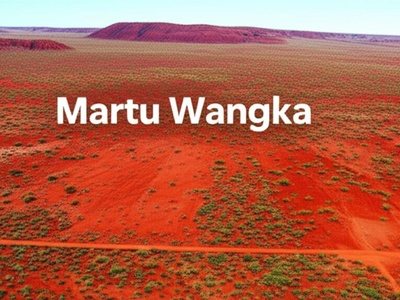
Martu Wangka
A Western Desert language used by Martu peoples in Pilbara and Gibson Desert areas, notable for native title work and cultural continuity despite remote living pressures.
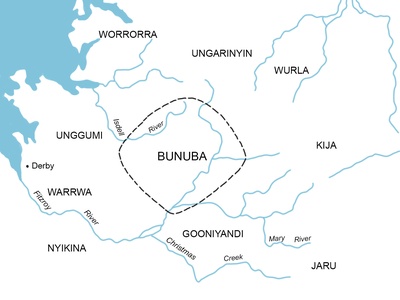
Walmajarri
Language of Walmajarri-speaking communities in the Kimberley and desert regions, associated with significant painting and cultural expression; smaller speaker base but community resilience continues.
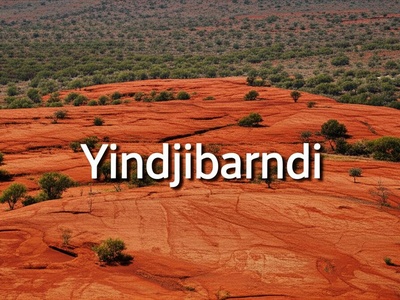
Yindjibarndi
Traditional language of Yindjibarndi people near Roebourne, important in native title contexts; few fluent speakers remain though cultural maintenance is active.
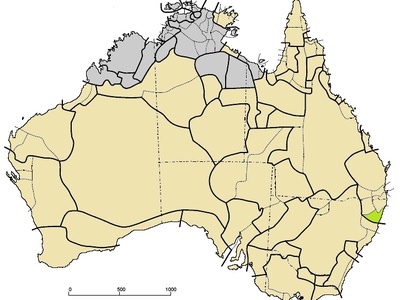
Gumbaynggirr
Coastal language with strong community education programs and cultural festivals; revitalisation through schools, language centres and digital resources has increased learner engagement.
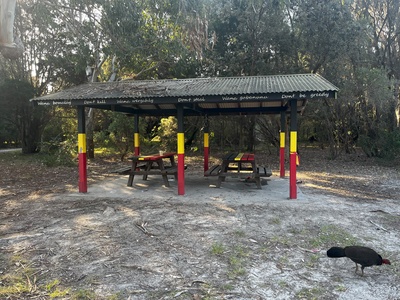
Bundjalung
Family of related dialects across the north coast, central to local cultural identity and contemporary arts; revitalisation and teaching programs are rebuilding knowledge and use.

Gooniyandi
Traditional language of communities around Fitzroy Crossing, notable for local storytelling and cultural maintenance in remote-settlement contexts with limited fluent younger speakers.
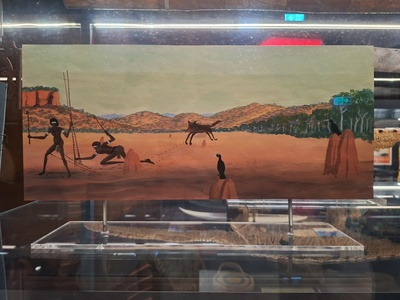
Lardil
Unique language of Mornington Island with complex morphology and island-specific culture; very small speaker base but important ceremonial and historical knowledge preserved by elders.
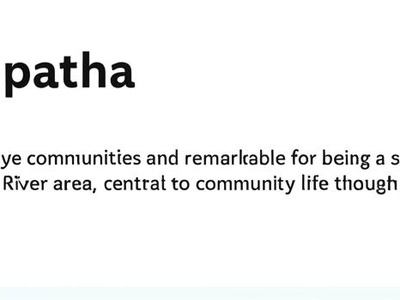
Murrinh-patha
Widely spoken in Wadeye communities and remarkable for being a strong local lingua franca in western Daly River area; central to community life though younger speaker numbers fluctuate.

